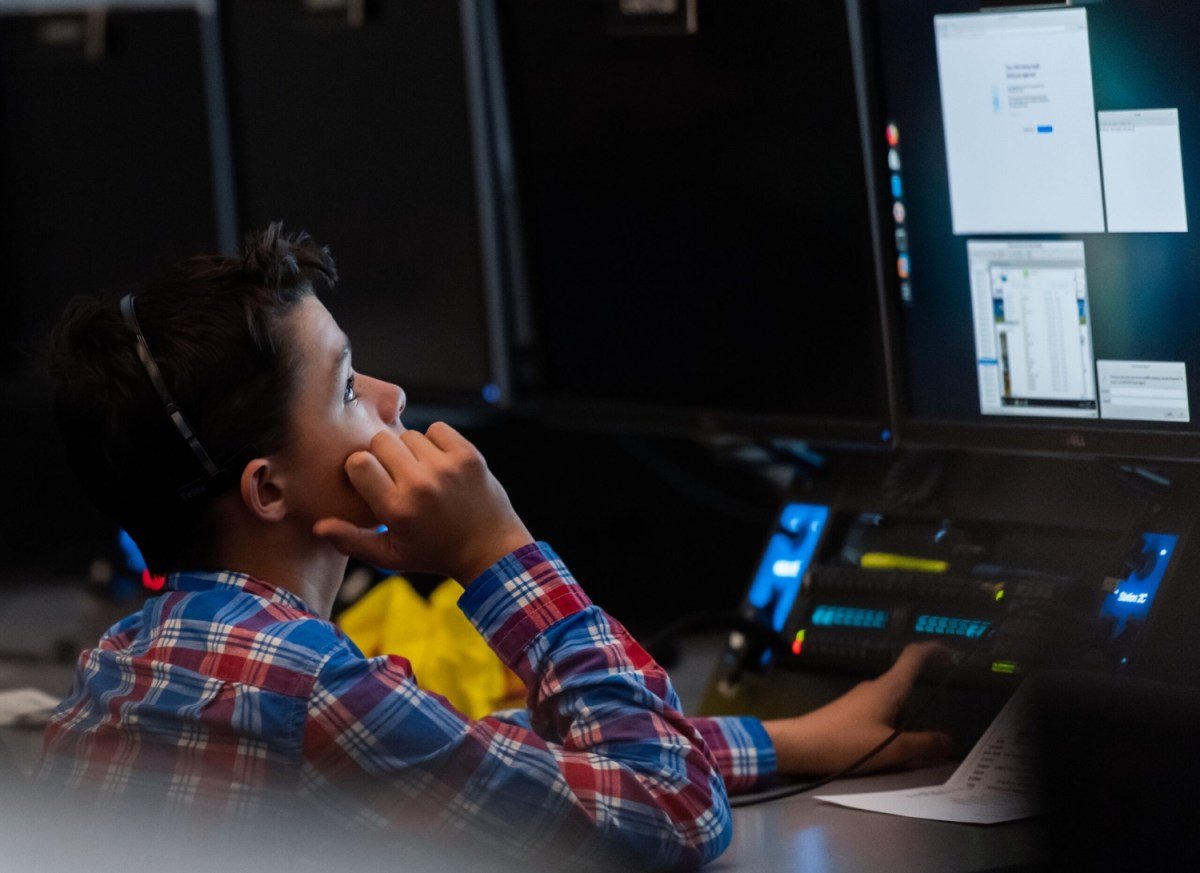A groundbreaking initiative to increase diversity and representation in the space industry has yielded its first results and a new opportunity for collaboration: National Space Day on May 3rd. On this day, thousands of students will learn about the exciting potential of the space industry and how they can become a part of it starting now.
Space Workforce 2030, a joint effort by the Space Foundation and Aerospace Corporation, has pledged to transparently report the demographics of their workplaces, hiring, and recruitment. This includes their 29 current company partners, who are committed to working together to diversify the historically homogeneous space industry.
The initiative has also announced its appointment of Melanie Stricklan, formerly of Slingshot Space and the Air Force, as its executive director.
In a statement on Monday, Stricklan and colleagues from Aerospace, Space Foundation, and Airbus US shared some key statistics that they hope to improve upon. This includes more than just a diverse workforce, but also an inclusive employment pipeline that anyone can enter with interest in the industry.
Stricklan, in an interview before the announcement, emphasized the importance of having the best workforce for global leadership in space. She stated, “This isn’t about quotas. The best space workforce comes from a meritocracy.”
It is believed that diversity within the labor pool will ultimately lead to a stronger and more successful workforce, and Space Workforce 2030 is taking the first steps towards achieving this goal.
The first order of business for Space Workforce 2030 is to collect and analyze data in order to establish a baseline. With Aerospace’s expertise in research and analysis, they are able to standardize and compare data from multiple companies participating in the initiative. This is a significant accomplishment, as many of these companies are not known for their transparency. However, as a representative from Airbus pointed out, the potential for a workforce crisis in the future is a serious concern that requires long-term solutions.
The initial numbers from the data show some modest improvements as well as some concerning declines. From 2022 to 2023, the proportion of female technical staff increased from 18.5% to 19.4%, while the proportion of people of color in that category rose from 32.7% to 34.1%. Additionally, there was a significant increase in internship applications. However, the number of women who actually secured internships remained stagnant, and the number of female interns converted to staff actually decreased by 4.5%. For more statistics, the full report can be viewed on the Space Workforce 2030 website.
The question now is: Why? Are these small gains indicative of the efforts being made by these companies? What caused the decrease in female intern conversions, despite the increase in applications?
Unfortunately, there is no definitive answer at this time, as the data is just beginning to be collected and studied. The first step in improving these numbers is simply making them available and fostering collaboration among companies to identify areas for improvement. By publicly sharing this data, the group hopes to learn from companies that have been successful in increasing diversity and use that knowledge to benefit others.
Showcasing the opportunities available in the space industry is also a key aspect of the initiative. Stricklan and her team firmly believe that this includes reaching out to students in K-12, not just college students and job seekers. In honor of National Space Day, they have developed a curriculum with videos, resources for teachers, and other materials to educate students of all ages and backgrounds about the possibility of careers in space, such as building satellites, rockets, or even becoming astronauts themselves.
But the support for National Space Day doesn’t stop there. The initiative has enlisted the help of Emily Calandrelli, formerly of TechCrunch, to create and promote content for the occasion. Thousands of teachers have already signed up, and there are expectations for high engagement next month.
Even more incredible is the fact that Congress has proposed a resolution to officially recognize National Space Day. Let’s hope they can come to a bipartisan agreement on this and not let partisan politics get in the way.
The leaders and partners of Space Workforce 2030 reiterated that this is just the beginning of a long-term effort. This is why they are focusing on reaching students who will not even be eligible for internships for another decade. There is still much work to be done, and with more data and collaboration, they hope to make significant improvements.
Stricklan expressed her desire to extend the initiative to government organizations and non-profit affiliates, as they have different means of reaching individuals who may not realize their potential for a STEM career. This includes organizations such as the Office of Management and Budget, NOAA, and the EPA.
It is refreshing to see a recognition of the potential talent crisis in the space and related industries, and a willingness to address it head on. For more information on the Space Workforce 2030 initiative and their efforts, visit their website.








